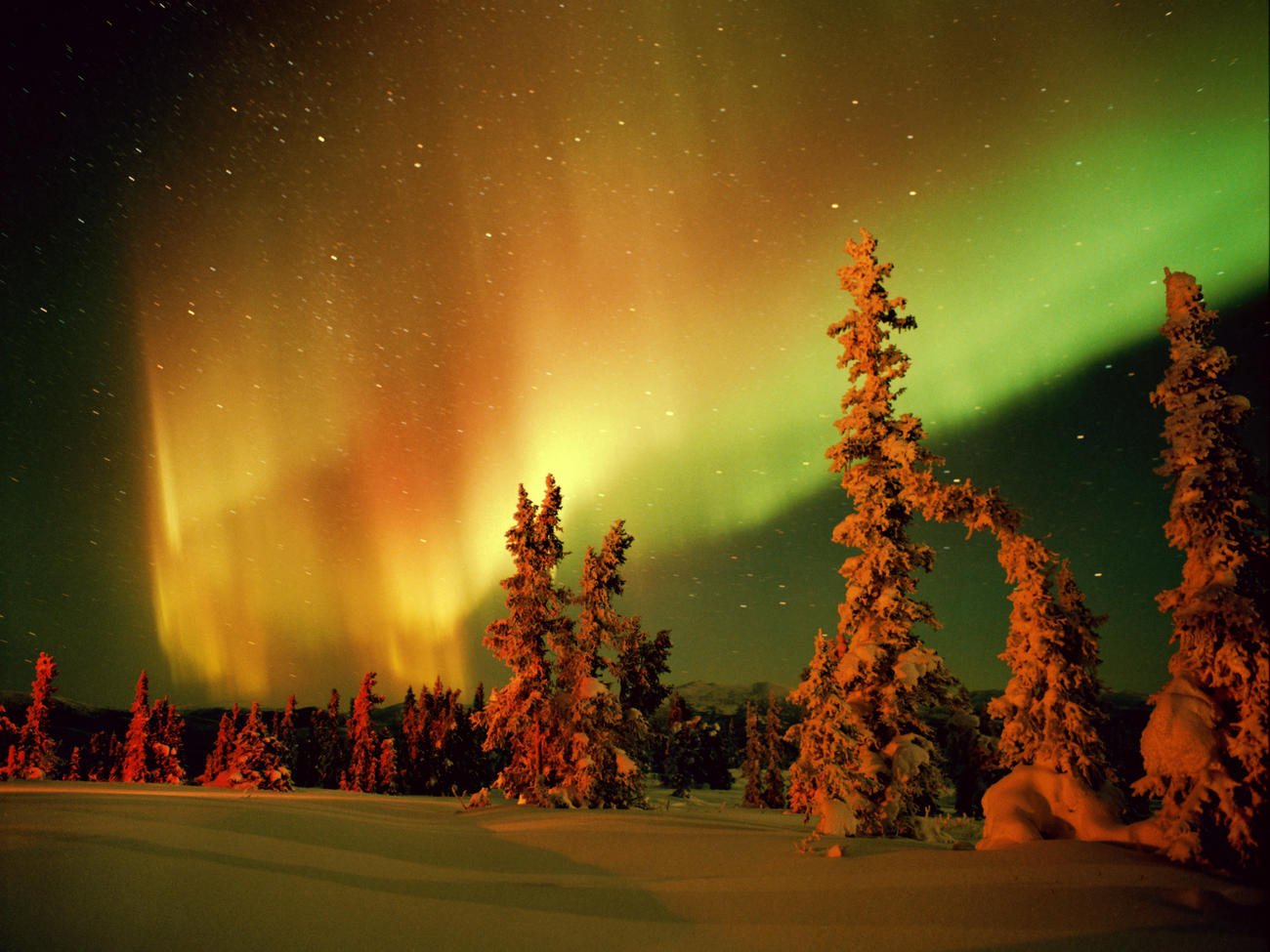
Why the Northern Lights Happen, and When to See Them
Go chase this nighttime show of spectacular colors

Photography by Brown Cannon III
The Northern Lights have fascinated humans since they first spotted them.
In cave drawings that date back almost 30,000 years, swirling colors symbolized the spectacular nighttime show. Back then, they were explained with myths and legends. It wasn’t until the 1900s that scientists began to understand the phenomenon behind the spectacle.
Over the past few years, travel to Iceland to view the Northern Lights has grown more and more popular. Aurora spotting season in Iceland runs from October until March, although the natural phenomenon has been spotted as early as August and as late as April.
